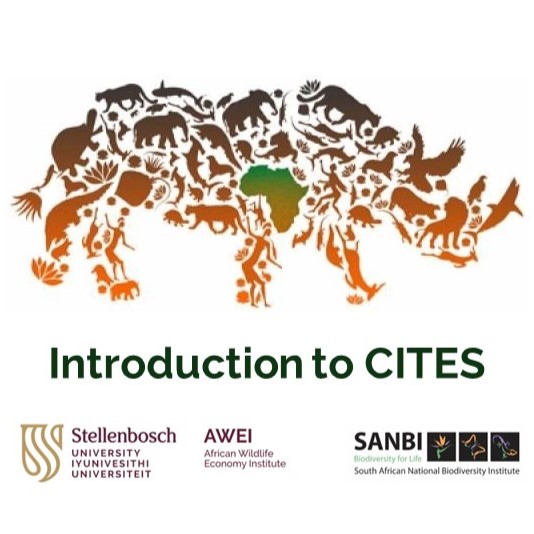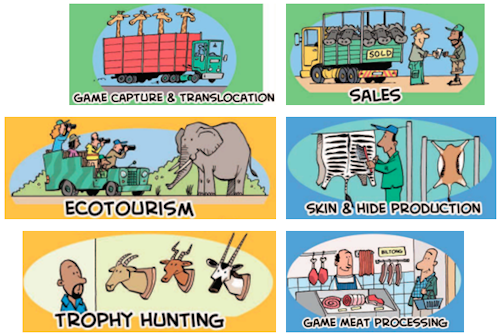CITES Module 4
 4 Discussion on biodiversity and trade agreements
4 Discussion on biodiversity and trade agreements
In this module you will review and discuss biodiversity and trade agreements and strategies relevant to the trade in wild species
Lecture
-
Click on the image below to stream the lecture on OneDrive (4 min)
-
You can also download the lecture for listening offline
-
Take notes while listening
Key learning outcomes from modules 1, 2 & 3
- A greater awareness and understanding of international biodiversity strategies and policies and the role of CITES
- A greater awareness and understanding of international trade strategies and policies, noting the role of CITES
- A greater awareness and understanding of the complexity of biodiversity and trade policy and regulations at the national level
You may want to return to the modules on biodiversity and trade agreements to further study the learning resources and reflect on the questions provided.
Key question for discussion
- Find opportunities to discuss what you have been studying with your peers and professional colleagues. Set aside some time for meeting up face-to-face or online.
- Q: How does CITES relate to other biodiversity and trade policies, e.g., ensuring sustainable and legal use and trade of wild species, and reducing non-tariff barriers to trade?
 More questions for discussion
More questions for discussion
- Q: What are some of the key biodiversity agreements and strategies presented in the modules, and how do they address international biodiversity conservation efforts?
- Q: Could you elaborate on the evolution of international biodiversity-related agreements since the 1980 World Conservation Strategy, highlighting key milestones and shifts in approach towards global conservation efforts?
- Q: What impact has the Convention on Biological Diversity (CBD), established in 1993, had on global biodiversity conservation efforts?
- Q: What are the overarching goals and mechanisms of international trade-related agreements, and how do they impact global trade dynamics, economic development, and geopolitical relationships?
- Q: What pivotal roles has the World Trade Organization (WTO) played since its establishment in 1995 in shaping global trade policies, resolving disputes, and fostering international cooperation among member nations, and how have its agreements impacted global economic growth and development?
- Q: What are the key objectives and potential economic impacts of the African Continental Free Trade Area (AfCFTA), established in 2019, on intra-African trade, economic development, and regional integration, and how does it compare to other international trade-related agreements in fostering sustainable growth across the continent?
- Q: What are the key South African policies addressing the intersection of biodiversity and trade, and how do they balance conservation efforts with economic development objectives while ensuring sustainable use of natural resources and protection of biodiversity?
- Q: What strategies and policies does South Africa employ to manage the complex nexus between wildlife conservation and trade, particularly in terms of balancing the economic benefits derived from wildlife-related industries with the imperative to safeguard biodiversity and combat illegal wildlife trade?
Let's continueGo to Module 5 CITES and its appendicesGo back to Module 3Go back to the introduction |
Get updates by email
Through impactful research, stakeholder engagement, and professional development, AWEI is supporting the wildlife economy across Africa. Please subscribe for occasional updates on our work and forthcoming events.
Sign up for a quarterly dose of AWEI insights
In a complex and changing world, AWEI generates strategic ideas, conducts independent analysis on wildlife economies, and collaborates with global scholar-practitioners to provide training and expertise for biodiversity conservation, climate resilience, and inclusive economic opportunities in Africa.
